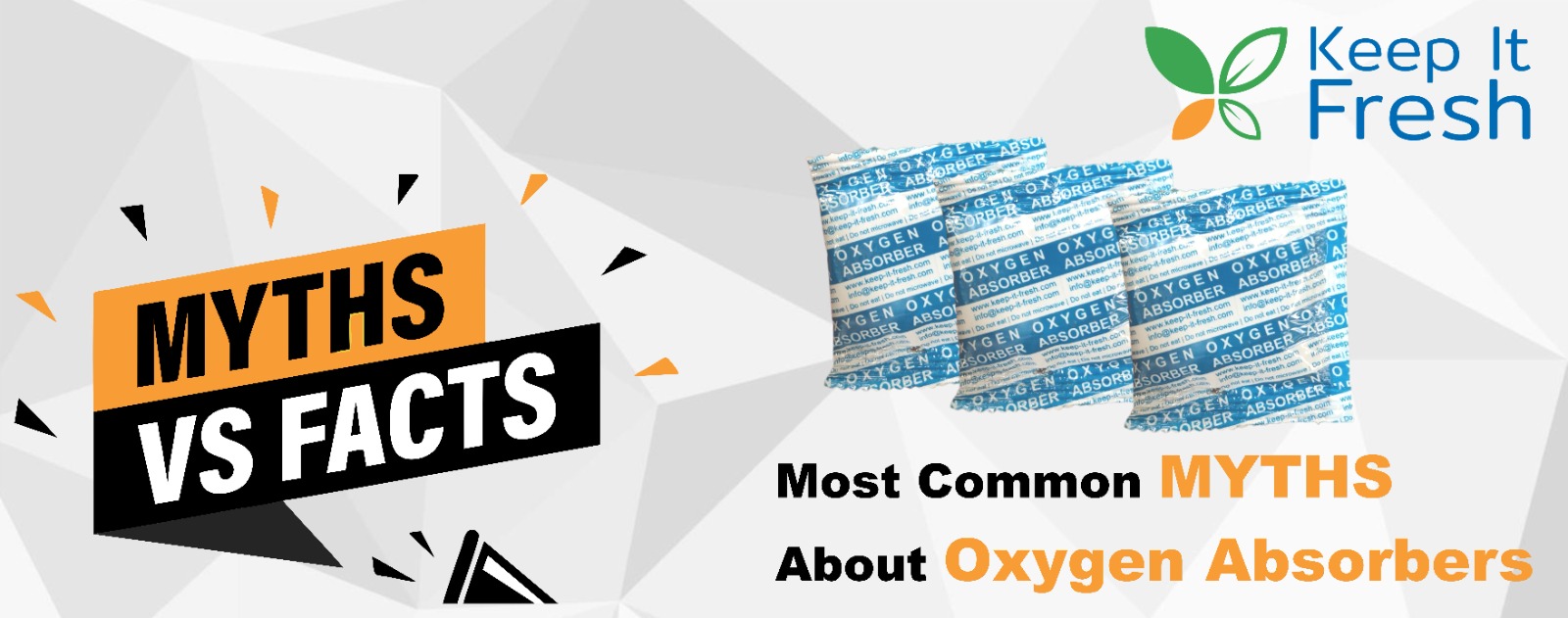Top 10 Myths About Oxygen Absorbers: Debunking Common Misconceptions
As an avid food lover, you may have come across oxygen absorbers before. These little packets are often found in packaged foods, and their purpose is to remove the oxygen inside the package to prolong the shelf life of the food. However, there are many myths and misconceptions surrounding oxygen absorbers, which can lead to confusion about their efficacy and safety. In this article, we will debunk the top 10 myths about oxygen absorbers and provide you with accurate information.

Myth #1: Oxygen absorbers are the same as desiccants
Fact: Desiccants are used to absorb moisture and are typically made from materials like silica gel or clay. Oxygen absorbers, on the other hand, are made of iron powder and are used to absorb oxygen. While both can be used for food storage, they serve different purposes.
Myth #2: Oxygen absorbers are toxic
Fact: Oxygen absorbers are made from iron powder, salt, and other non-toxic materials. When they come into contact with oxygen, they create iron oxide, which is a harmless substance. Oxygen absorbers are safe to use in food storage.
Myth #3: Oxygen absorbers will remove all the oxygen in the container
Fact: Oxygen absorbers are designed to remove a specific amount of oxygen from a container based on the size and type of the absorber. Using too many oxygen absorbers can result in a lack of oxygen, which can cause spoilage and even botulism.
Myth #4: Oxygen absorbers are one-time use only
Fact: Oxygen absorbers can be used multiple times if they have not absorbed all the oxygen in the container. However, once they have reached their capacity, they will no longer be effective and should be replaced.
Myth #5: Oxygen absorbers are only used for long-term food storage
Fact: Oxygen absorbers can be used for short-term food storage as well. They can help extend the shelf life of food, even if it is only being stored for a few months.
Myth #6: Oxygen absorbers will make food taste bad
Fact: Oxygen absorbers are designed to remove oxygen, not alter the taste of food. If food tastes bad after using oxygen absorbers, it is likely due to other factors such as spoilage or improper storage.
Myth #7: Oxygen absorbers are not necessary for vacuum-sealed containers
Fact: While vacuum-sealing can help remove some of the oxygen in a container, it does not remove all of it. Using Oxygen absorbers in addition to vacuum-sealing can help ensure the longest possible shelf life for food.
Myth #8: Oxygen absorbers are expensive
Fact: Oxygen absorbers are relatively inexpensive and can be purchased in bulk for even greater savings. They are a cost-effective way to extend the shelf life of food.
Myth #9: Oxygen absorbers are only for preppers and survivalists
Fact: While Oxygen absorbers are commonly used by preppers and survivalists, they are also used by home canners, commercial food producers, and anyone who wants to extend the shelf life of their food.
Myth #10: Oxygen absorbers are only for dry foods
Fact: Oxygen absorbers can be used for both dry and moist foods. However, it is important to use the correct type of absorber for the type of food being stored.





